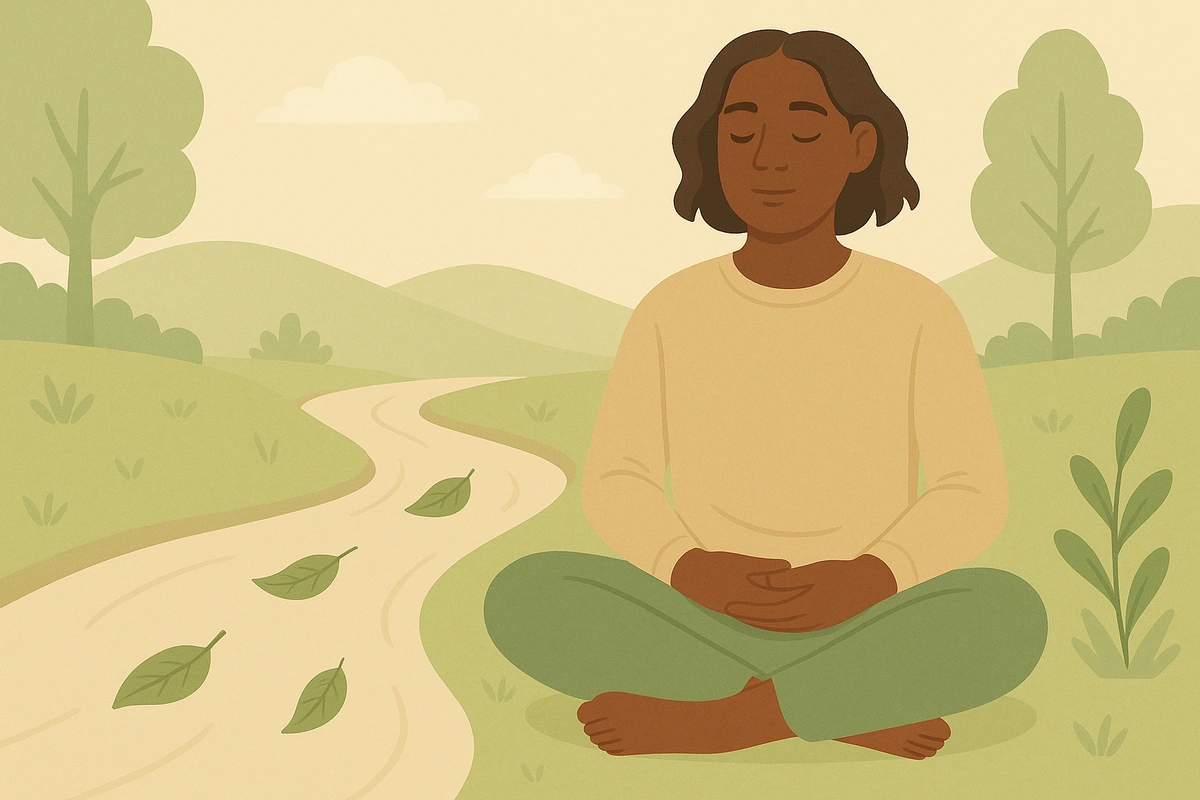
Leaves on a stream visualization is a mindfulness-based technique that helps you develop a healthier relationship with difficult thoughts by creating psychological distance between yourself and your mental content. This practice teaches you to observe thoughts as temporary mental events rather than absolute truths that demand immediate attention or reaction.
This technique works particularly well because it provides a concrete visual metaphor for the abstract concept of cognitive defusion - the ability to step back from thoughts rather than getting caught up in their content. By repeatedly practicing this visualization, you strengthen your capacity to recognize that thoughts naturally come and go like leaves floating downstream, reducing their power to trigger anxiety or emotional distress.
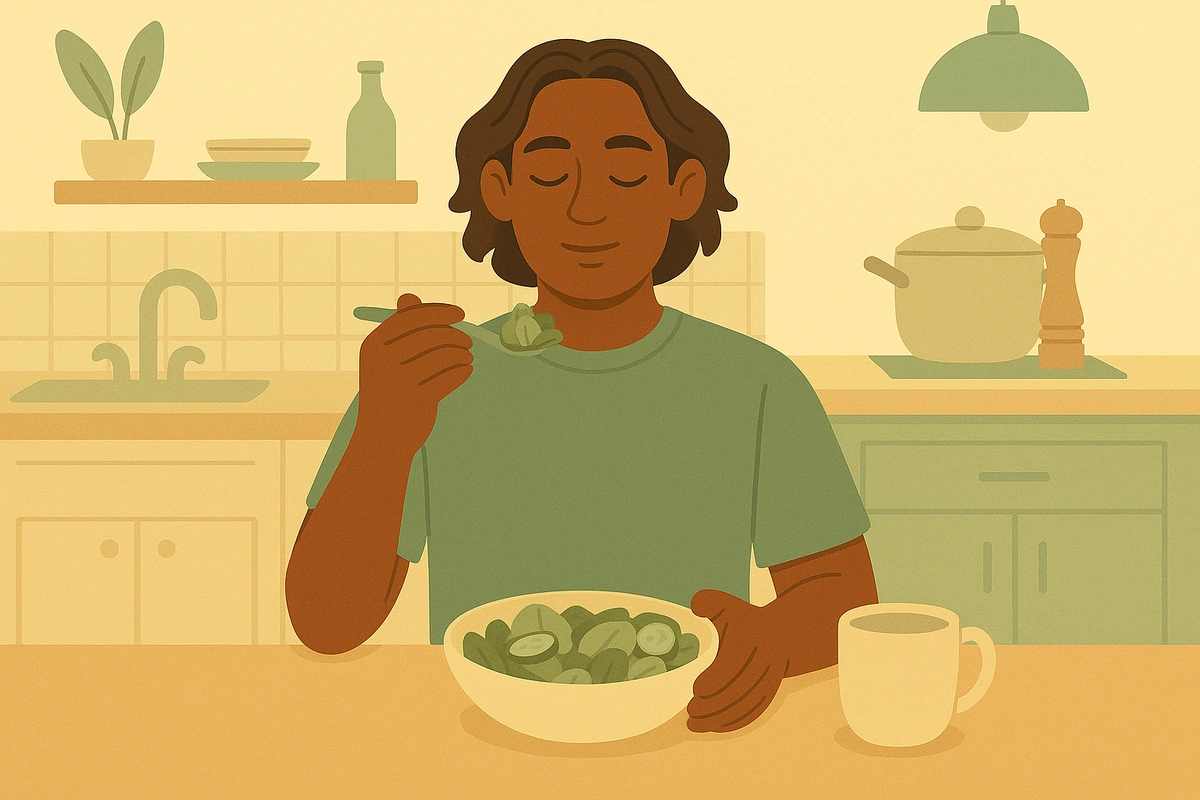
Mindful eating is a practice that involves intentionally focusing attention on the sensory experience of eating, allowing you to reconnect fully with the present moment. This approach transforms eating from an automatic behavior into a conscious, awareness-building activity that can significantly impact your mental and physical well-being.
This practice works by deliberately anchoring your focus in sensory and bodily experiences, interrupting anxious or automatic thought patterns that contribute to emotional distress. By engaging your senses fully in the act of eating, you activate your body's natural relaxation response, decreasing emotional reactivity while enhancing your capacity for present-moment awareness. Regular practice cultivates a healthier relationship with food and promotes greater mindfulness skills that extend into daily life.
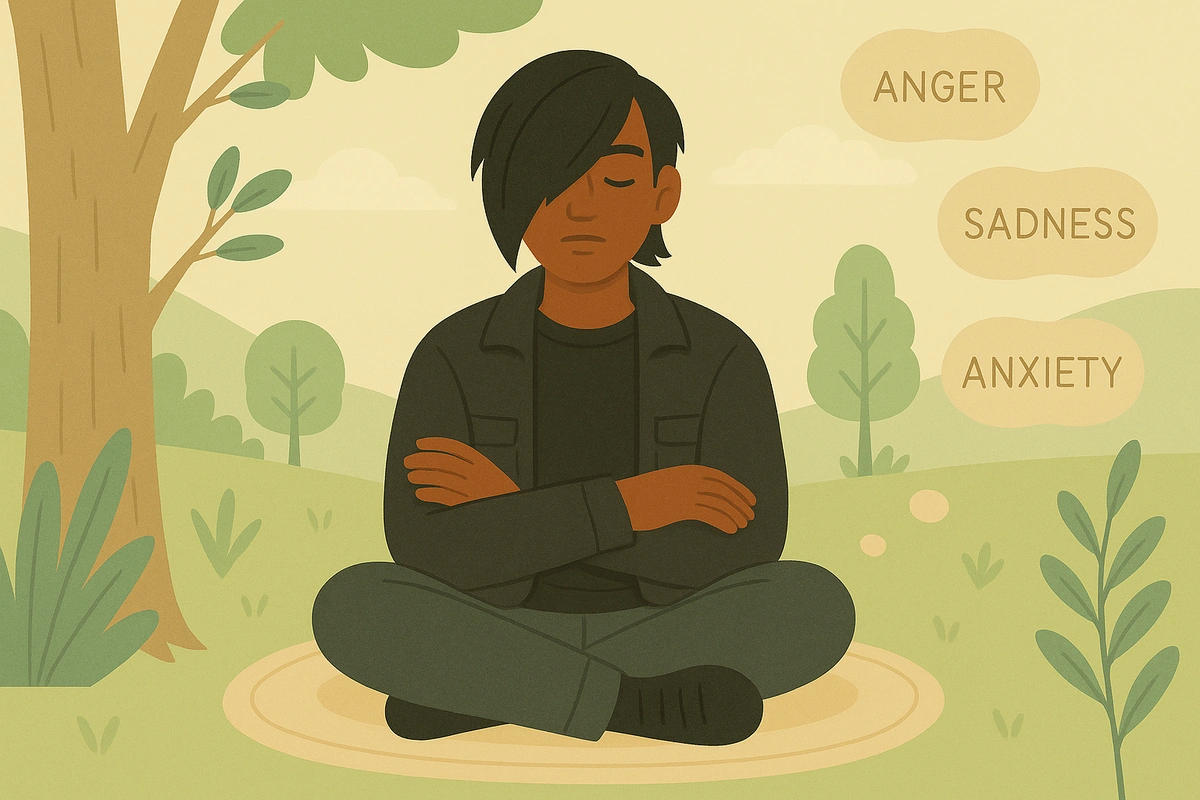
Labeling experiences without judgment is a mindfulness-based practice that involves observing and naming emotions, thoughts, and sensations in a neutral, non-critical manner. This technique, also known as affect labeling, helps create psychological distance from intense emotional experiences while fostering a more balanced and compassionate relationship with your inner world.
The practice works by engaging your prefrontal cortex - the brain's executive center - while calming the amygdala's emotional responses. Research demonstrates that simply putting feelings into words can significantly reduce emotional reactivity and physiological stress responses. This creates space between you and your emotions, allowing for more thoughtful responses rather than automatic reactions to challenging experiences.
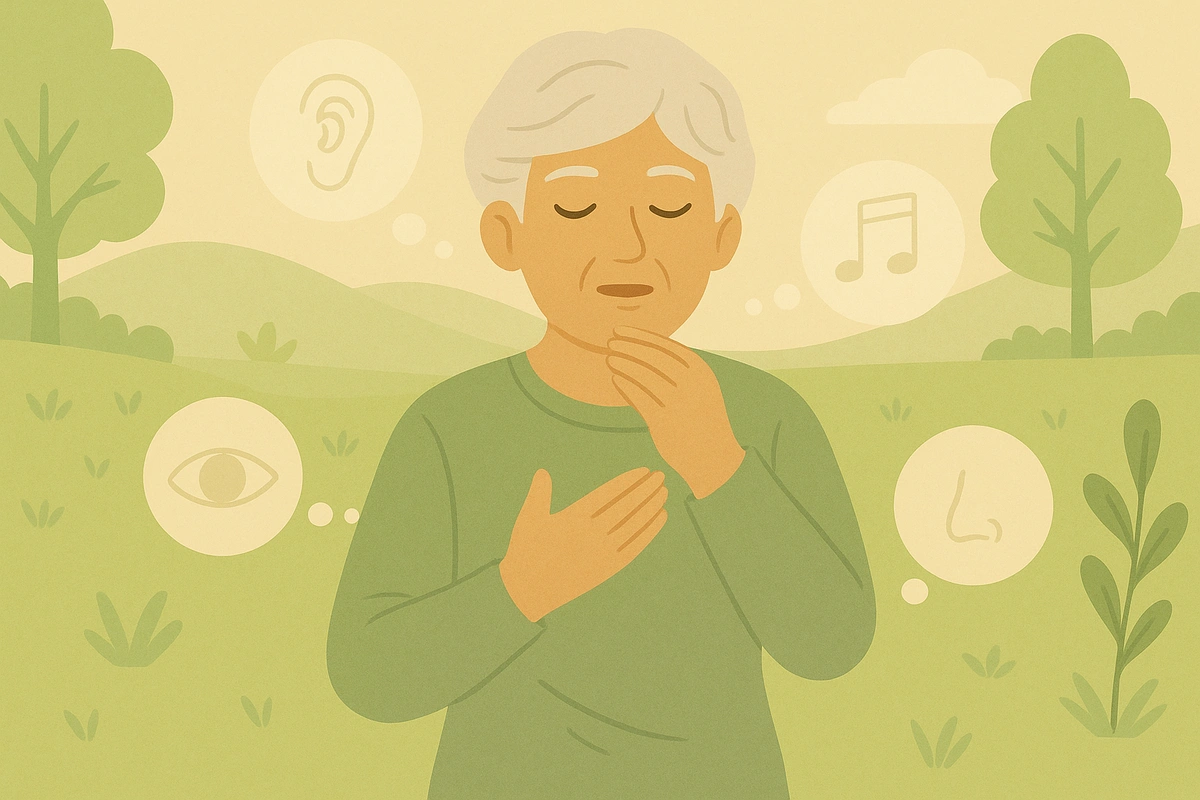
Anchoring to your senses, commonly known as the 5-4-3-2-1 grounding technique, involves quickly grounding yourself in the present moment by intentionally focusing on sensory experiences. This powerful practice engages your sight, hearing, touch, smell, and taste to interrupt anxious or distressing thoughts, rapidly stabilizing your emotional state and reducing immediate overwhelm.
The technique works by shifting your attention from internal distress toward neutral, external sensory experiences in your immediate environment. Research shows that this sensory anchoring activates the parasympathetic nervous system - your body's "rest and digest" response - while reducing activation in the amygdala, the brain's fear center. This neurological shift interrupts stress responses and facilitates emotional regulation, making it particularly effective for managing anxiety, trauma responses, and dissociative episodes.
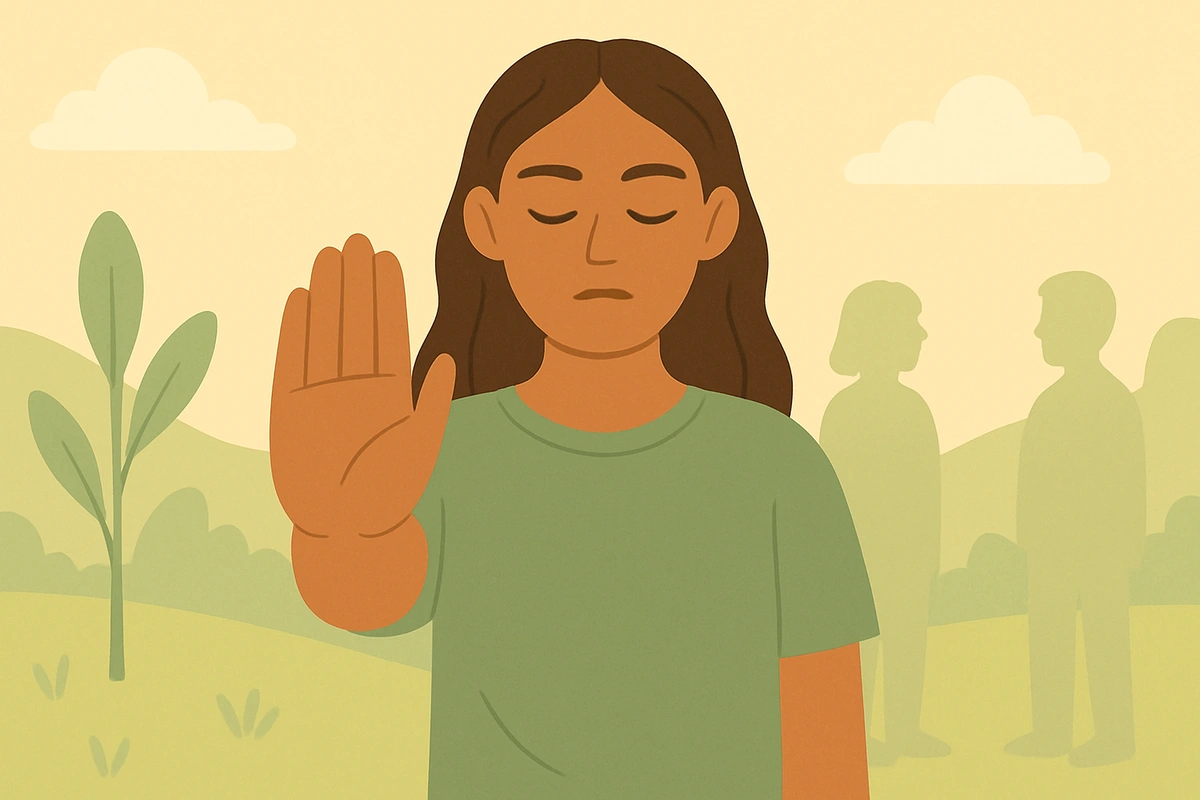
Setting boundaries involves clearly defining personal limits around your time, energy, and emotional resources, then communicating these limits to others in direct, respectful ways. This essential life skill helps prevent the anxiety that comes from overcommitment and unclear expectations while building stronger, more authentic relationships.
Many anxieties people experience are due to poor boundaries, according to mental health experts. When you lack clear boundaries, you may find yourself constantly stressed about disappointing others, taking on too many responsibilities, or feeling emotionally drained from one-sided relationships. Learning to set and maintain healthy boundaries creates a protective framework that allows you to prioritize your wellbeing while still maintaining meaningful connections with others.
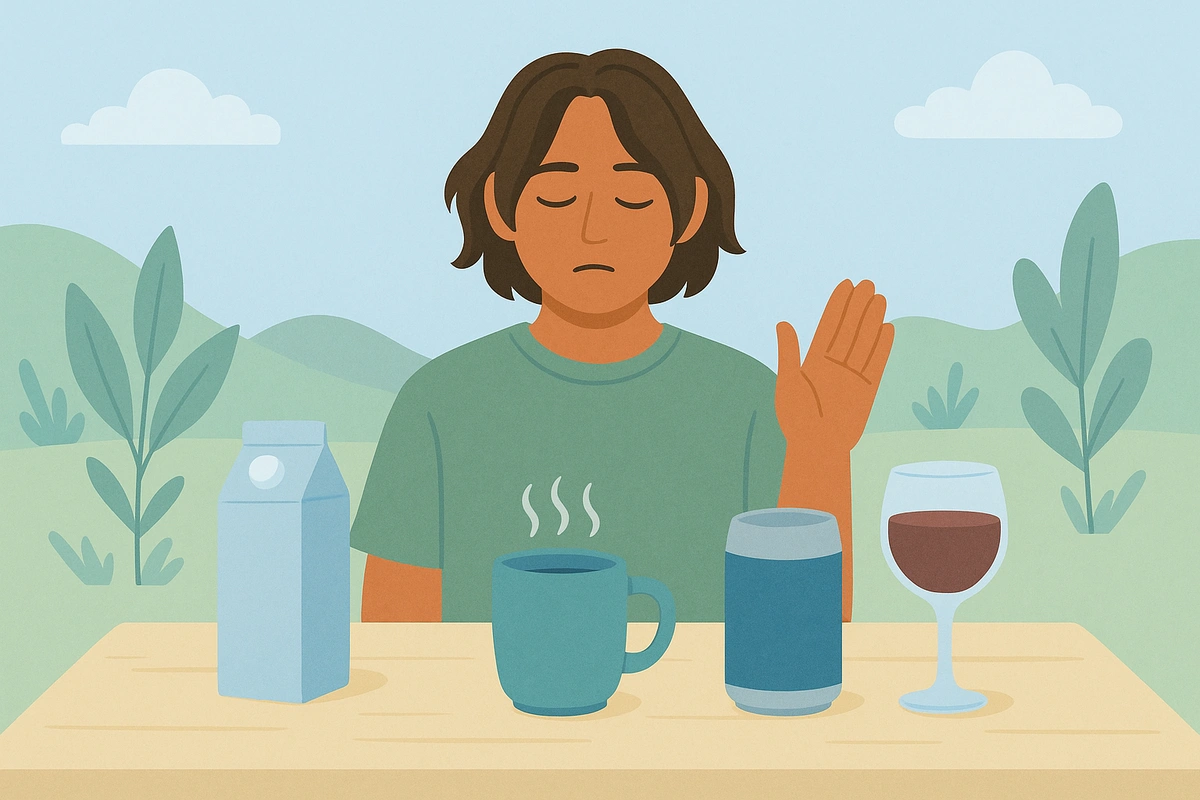
Reducing caffeine, sugar, and alcohol involves gradually decreasing your consumption of these substances to minimize their anxiety-triggering effects on your nervous system. These dietary changes help stabilize blood sugar levels, improve sleep quality, and reduce the physiological stress responses that can worsen anxiety symptoms.
Many people don't realize how significantly these common substances can impact their mental health. Caffeine can trigger panic-like symptoms even in moderate amounts, sugar creates energy crashes that mimic anxiety episodes, and alcohol disrupts sleep patterns while creating withdrawal-related anxiety. By making strategic reductions in these areas, you can create a more stable internal environment that supports better emotional regulation and reduces anxiety triggers throughout your day.
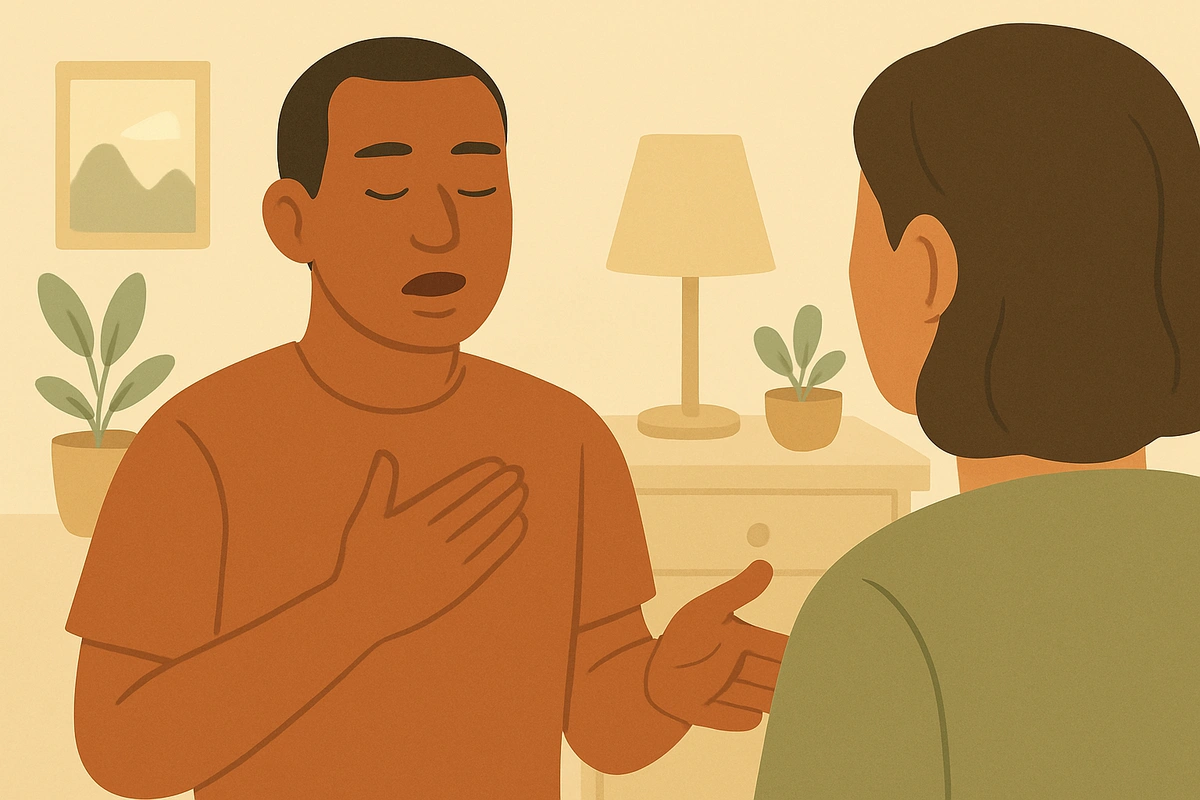
Expressing needs during anxious moments involves learning to recognize your emotional state, identify what specific support would help, and communicating those needs clearly to others using direct, respectful language. This skill transforms anxiety from an isolating experience into an opportunity for meaningful connection and support.
When anxiety strikes, our natural tendency is often to withdraw, minimize our needs, or expect others to somehow know what we need without being told. However, anxiety actually impairs our communication abilities, making it harder to think clearly, listen effectively, and express ourselves. By developing structured approaches to need expression, you can break through anxiety's communication barriers and access the support that's available to you. This practice strengthens relationships while reducing the emotional burden of managing anxiety alone.
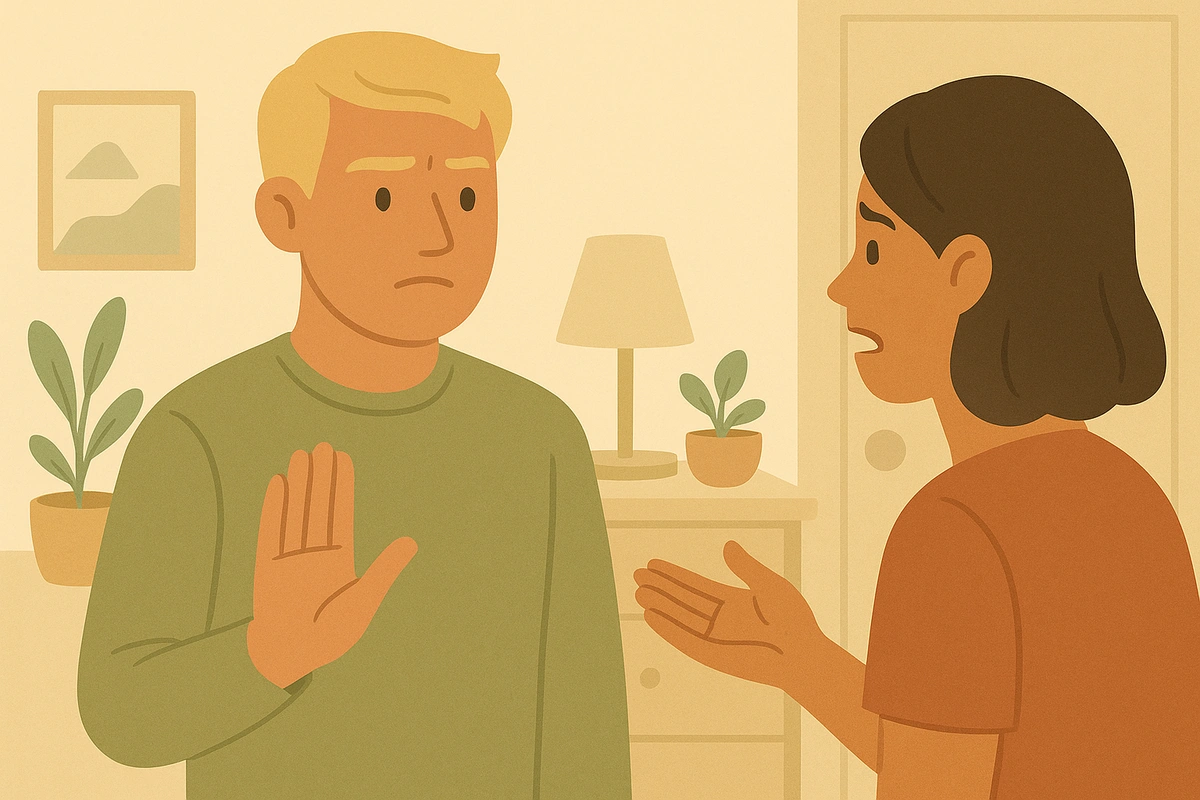
Setting boundaries by saying no without guilt involves clearly and kindly declining requests that don't align with your priorities or capacity. This essential life skill helps you avoid overcommitment, reduce stress, and maintain authentic relationships built on mutual respect rather than obligation.
Your natural desire to help others and maintain positive relationships can sometimes work against your own well-being when you struggle to decline requests. Many people feel trapped between disappointing others and sacrificing their own needs, leading to resentment, burnout, and strained relationships. Learning to say no with confidence creates space for what truly matters while actually strengthening your connections with others.
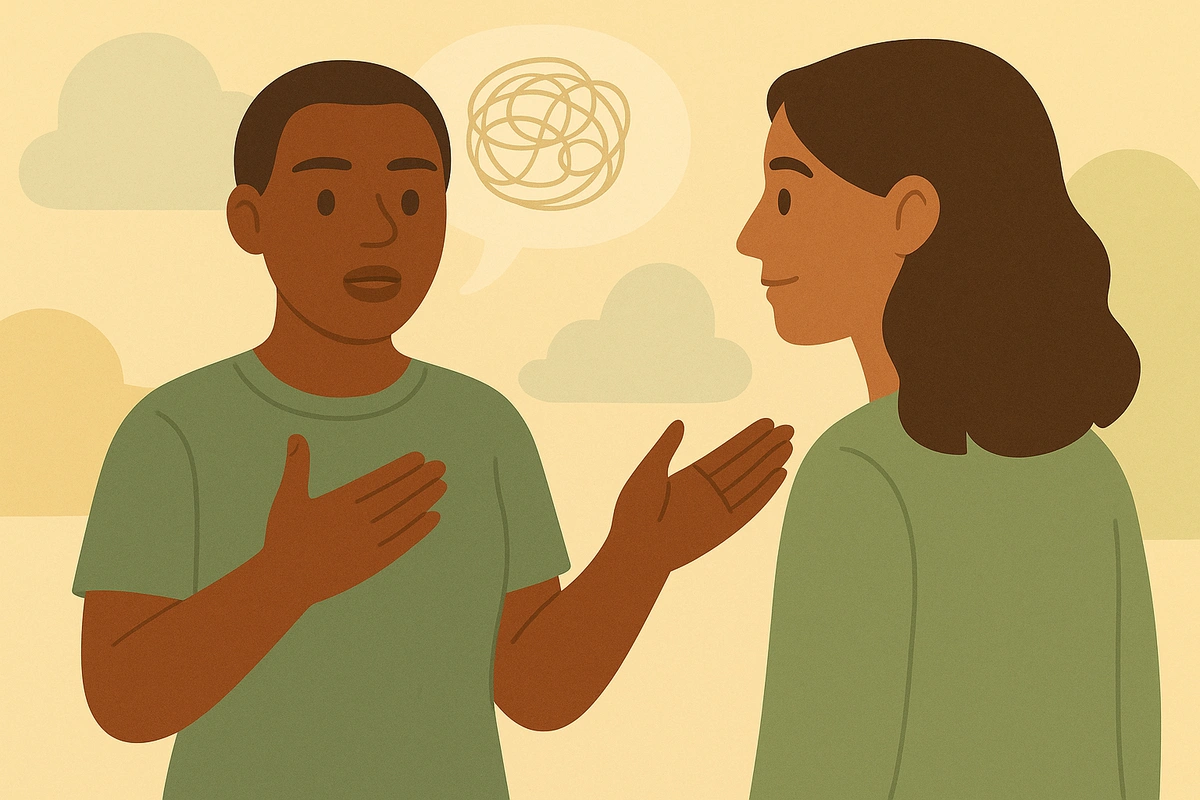
Sharing your anxiety experience with your partner involves honestly describing your thoughts, feelings, and symptoms while explaining how anxiety affects your daily life and relationship. This open communication reduces the isolation that anxiety creates and helps your partner understand how to provide meaningful support.
Your anxiety doesn't have to be a secret burden that separates you from the people you love most. When you communicate openly about your inner experiences, you give your partner the opportunity to truly understand and support you, while also modeling vulnerability that can deepen emotional intimacy. Research shows that couples who discuss mental health challenges together experience stronger relationships and better individual outcomes than those who struggle in silence.
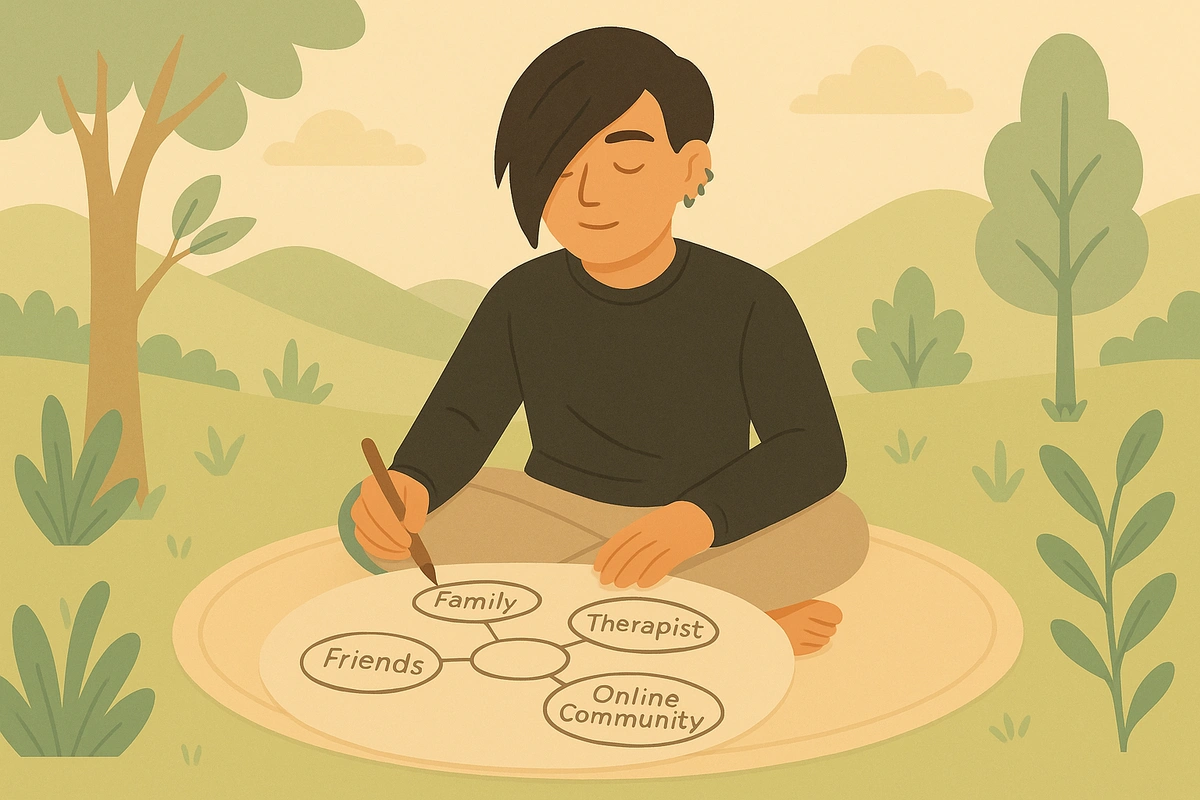
Creating a support circle map involves visually organizing the trusted people and resources in your life according to the different types of support they provide. This structured approach helps you identify emotional, practical, and informational support sources while making it easier to reach out during times of distress or crisis.
Your support network exists whether you map it or not, but visualization creates clarity and accessibility when your thinking becomes clouded by anxiety, depression, or overwhelming stress. Research shows that people with clearly identified support systems experience better mental health outcomes and faster recovery from emotional difficulties. This simple mapping exercise transforms abstract relationships into concrete resources you can actively use.